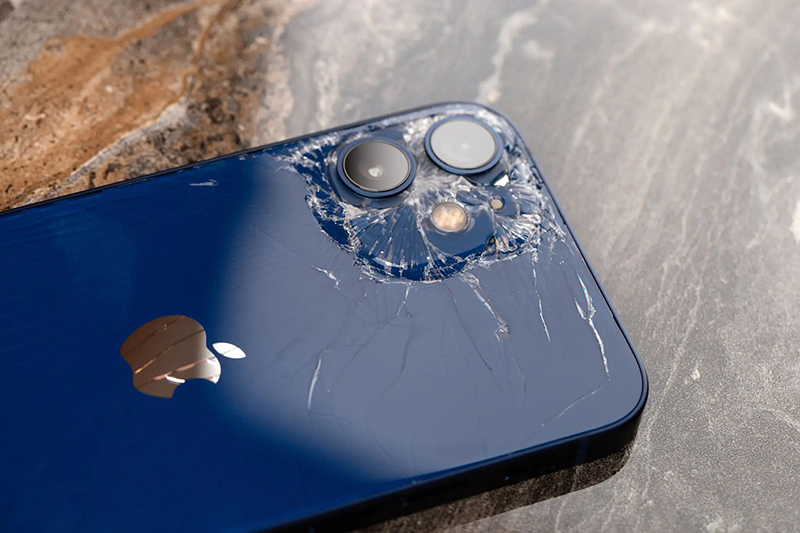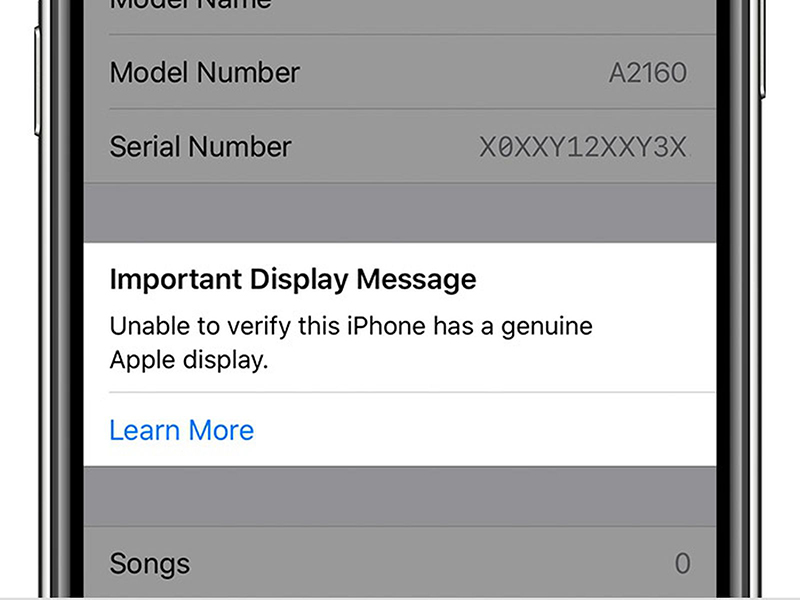
Apple is finally making it easier for users, allowing the use of genuine parts while retaining full functionality for the first time. The change will apply to “select” iPhones and take effect this fall.
Apple said that the new process will protect the privacy and security of iPhone users, while providing consumers with more choices, extending the service life of products and parts, and minimizing the impact of repairs on the environment.
However, compared to the use of second-hand parts for repairs, consumers are more concerned about Apple’s restrictions on third-party repair parts.
It is reported that when replacing parts for iPhones, it has previously used a “serialization” solution, which is to add an official and genuine serial number to the repaired parts.
If you use third-party repair parts and do not recognize the serial number of the official parts, some functions may not be available. In this way, Apple restricts third-party iPhone repairs.

For example, if you replace a non-Apple original battery, the phone will prompt that the “battery health information” Non-Genuine cameras prompt for third-party accessories, or some functions will be restricted.
In this regard, Apple’s statement is that “the purpose is not to monopolize, but to make maintenance easier and ensure the safety of the equipment and the maintenance period.”
But from a user’s perspective, Apple’s move limits users’ repair methods. They can only go to Apple’s official after-sales service, and official repair fees and parts prices are more expensive than third parties. This is also the main reason for user dissatisfaction. .
However, at the end of March this year, the governor of Oregon in the United States recently signed the SB 1596 bill, which became the first legal regulation in the United States to prohibit digital equipment manufacturers from using “serialization” solutions.
According to this law, digital product manufacturers will no longer be able to use “parts serialization” to restrict users from choosing third-party repair services or non-original parts for repair.
At the same time, relevant manufacturers have no right to use this method to reduce device performance or display misleading information, which will have a greater impact on Apple’s iPhone repair methods.